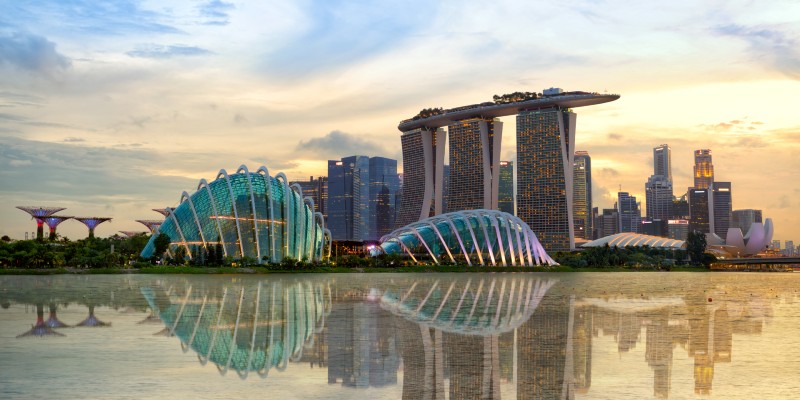In many ways, it has never been more difficult to be a public servant as governments across the world are now more responsible for more than they ever have been. In addition to being expected to provide clean air and water, education, healthcare, and social safety nets for the poor, they are also expected to build infrastructure, develop efficient bureaucracies, and provide defense and security. As the demands on what governments should provide have increased, government funding has struggled to keep pace especially in light of the COVID-19 pandemic.
How, for example, can the Zambian government, with a budget of approximately $400 per citizen per year, fund all the aforementioned services for its citizens? Simply put, it can’t. But if public officials in Zambia, and other countries, leveraged the entrepreneurial community to shoulder that burden and worked to create a conducive environment that welcomed investments from companies, they might be able to accelerate progress.
Attract entrepreneurs
In conducting interviews for our Innovators Creating Prosperity series, a common theme that has emerged is entrepreneurs’ desire to make life better for themselves and those in a particular region. Many entrepreneurs experience topophilia—love of place—for particular cities or countries, creating a natural draw to solve problems and develop market-driven solutions for those regions.
In particular, entrepreneurs that create new markets have a profound effect on the regions where they operate. Because they address unmet needs by making previously complicated and expensive products simple and affordable, consumers of the new markets—who are often the majority in society—have a vested interest in seeing the markets succeed. As a result, the new markets become an enduring source of prosperity for the region, and for the organizations behind them.
Interestingly, entrepreneurs often become so invested in the regions where they operate that they redirect some of the wealth they’ve created back into the community. In Pittsburgh for instance, steel magnate Andrew Carnegie had an impact on the city that is still being felt today. From the libraries, museums, and concert halls to the eponymous Carnegie Mellon University, Pittsburgh benefited significantly from Carnegie’s largesse. But Carnegie was only able to bequeath such gifts to Pittsburgh because of the industry he built in the city. Many other entrepreneurs, such as George Eastman of Kodak and Amadeo Giannini of Bank of America, also invested significantly in the regions where they built successful businesses: Rochester, New York, and San Francisco.
Create a welcoming environment for business
Most governments see it as their duty to create jobs, provide services, and develop infrastructure, but that’s not accurate, and it is often too daunting a task. The job of the government is to create the environment that attracts companies that will provide these things. Singaporean government officials understood this.
Today, Singapore is one of the wealthiest countries in the world and is often cited as the most successful development story of the 20th century. It also ranks at the top of most global indices that measure a country’s progress. It’s easy to see Singapore as primarily a public sector success—and it is—but it is the country’s commitment to attracting companies that provide jobs, services, and infrastructure; pay taxes; and help fund the public sector that has led to its success.
For example, Singapore consistently ranks at the top of the World Bank’s Ease of Doing Business Index, which measures factors such as ease of starting a business, registering property, and getting credit. By making it easy to start businesses, Singapore has been able to attract capital to fuel its growth. This has catapulted Singapore, a nation of barely 5.7 million people, to the third highest recipient of foreign direct investment in the world. Multinational companies such as BMW, Bosch, Philips, Unilever, Roche, and many others have set up their regional headquarters in Singapore.
One of the ways Singapore accomplished this feat was to set up the Economic Development Board (EDB) in 1961. To this day, the job of the EDB remains to attract foreign investment to Singapore in order to create employment, which at the time of its creation, was in very short supply. Government officials visited investors in Chicago, New York, and many other American cities, with the goal of convincing them that Singapore was open for business. It’s telling that at the onset of the country’s creation, when Singapore was extremely poor, its government officials made the decision to prioritize investments from companies and not handouts from aid organizations. The idea was to send a message that Singapore was a welcoming place for businesses. As more businesses flocked to Singapore, the small island-nation developed.
Governments have no shortage of responsibilities, but it’s not only up to them to help their regions progress. By getting help from the entrepreneurial community and by developing policies that are welcoming to businesses, they’ll free up time and money for other projects they’re uniquely positioned to pursue, while simultaneously moving their regions one step closer to prosperity.


